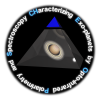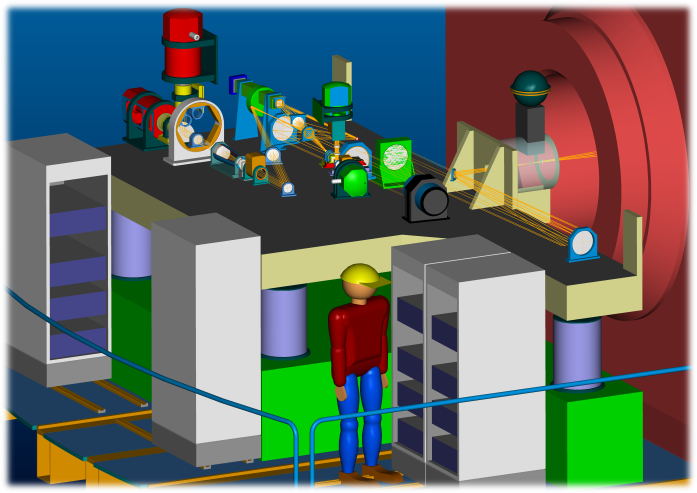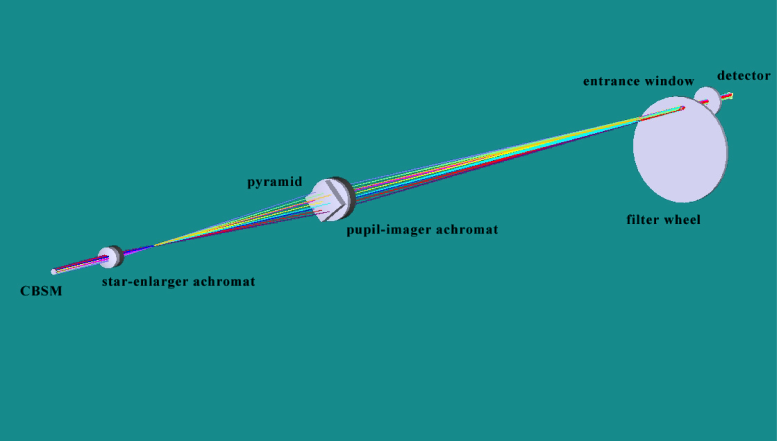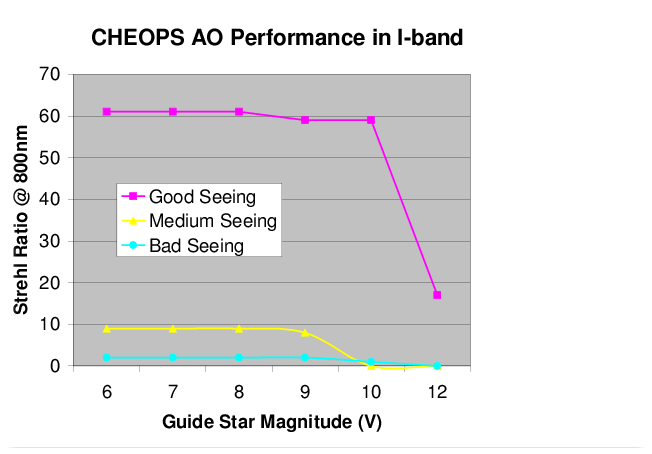
Contact
CHEOPS
Overview
on CHEOPS
BSCW Server
CHEOPS
Optics
3D Spectrograph
 |
Consortium Contact |
History of CHEOPS |
Project Overview |
Publications on CHEOPS |
Intranet BSCW Server |
|---|---|---|---|---|---|
| News | What is CHEOPS |
Science | Adaptive Optics |
ZIMPOL | Near-Infrared 3D Spectrograph |




|
ConceptThe CHEOPS instrument concept is based upon the principles of maximum stability, simplicity, modularity and upgradeability. All modules of CHEOPS will mounted on a common optical bench which stays fixed on the Nasmyth platform of the 8m telescope. This avoids flexure due to changing gravity vectors, and provides easy (maintenance) accessibility. Mounted on the optical bench are the three base modules of the CHEOPS instrument: The common path fore optics which includes the extreme AO system, and the two focal plane differential imagers, ZIMPOL and the IFS.Common Path OpticsThe fore optics contains the mirrors M4 and a retarder plate to compensate and stabilize the polarization introduced by the telescope's M3. The overall design provides a beamwith an instrumental polarization of always less than 1%. The rest of the common path optics contains a calibration unit, the AO deformable and Tip-Tilt mirror, and the beam splitter between AO and science which provides an option to attach a visitor instrument.The AO Beam-SplitterOne of the options for the beam-splitter between AO and science is the coronographic beam-splitter mirror (CBSM). This CBSM will be located in an intermediate focal plane. It has a pin-hole of ~ 0.6" diameter in the centre, which passes the light on to the WFS. The rest of the field is reflected into the science beams. With this charming device, the maximum number of available photons is exploited for the WFS , while at the same time detector saturation and stray light problems in the science beams are minimized.The Wavefront Sensor (WFS)CHEOPS' WFS is a non-modulated pyramid sensor located behind a star enlarger device which changes the input F-ratio from F/100 to F/400. This type of sensor has no moving parts other than a filter wheel, no complicated optical elements, and is more sensitive than a comparable Hartmann-Shack Sensor by about 1mag. The WFS will work in the I-band, i.e. at the very same wavelength as the ZIMPOL device.The AO SystemThe AO system of CHEOPS is extreme only in the sense of actuator number (1600) and speed (2kHz). This otherwise completely conventional design is specialized in delivering a very high Strehl ratio on a very small field (R=5"). Our simulations predict a performance in I-band which will yield Strehl ratios up to 61% in good seeing conditions. This equals a Strehl ratio in the high eighties in H-band. |